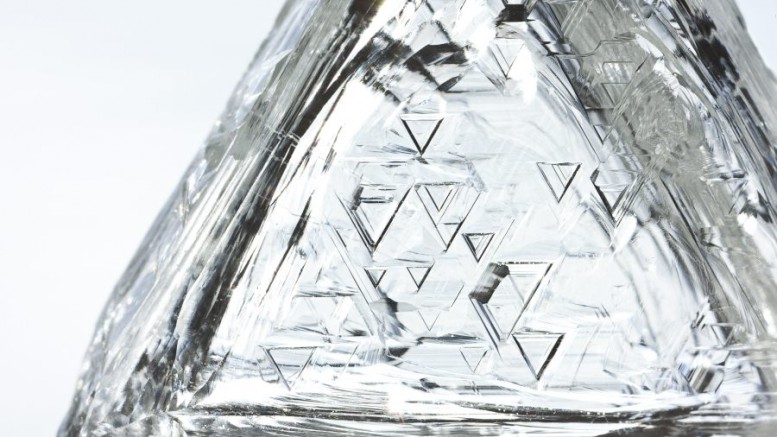Shore Gold (SGF-T) is on track to complete a feasibility study for the Star-Orion South project, in Saskatchewan, next month, and senior vice-president exploration and development George Read believes the numbers will be strong.
If they are, and a production decision follows, the timing of a production start, potentially in 2016, would be right to capitalize on rising rough diamond prices.
“By the time we reach production. . . we will be selling diamonds into a very strong market, even moreso than it is now,” Read says.
While there have been predictions of an undersupply of diamonds in the market in 2013 or 2016, Read notes: “The way the market is performing now, I wouldn’t be surprised if we have that undersupply already.”
Assuming the feasibility numbers are positive, there will be one major question left for Shore – financing. The prefeasibility study, which combined Shore’s 100%-owned Star project with the Orion South kimberlite at its 66%-owned Fort à la Corne joint venture with Newmont Mining (NMC-T, NEM-N) (34%), pegged preproduction capital costs at $1.6 billion, with total capital costs at $2.5 billion.
Read says the company has several options, including some combination of equity, debt, and bringing in another partner.
“Certainly, there are other companies out there that constantly express an interest,” Read says. “I do believe that once the feasibility is presented, the project will move, assuming that the feasibility study is positive – which I’m positive it will be.”
And it may also be too soon to count Newmont out. While the gold major hasn’t put any money into the joint venture since 2008, Read points out that Newmont is still part of the JV and Shore will have to wait and see how the company responds to the results of the feasibility.
The study will include updated diamond prices (from the Feb. 1, 2011 price book of WWW International Diamond Consultants), based on a revaluation of a parcel from the Star and Orion South kimberlites originally evaluated in 2008. Prices for the stones increased anywhere from 28% to 130%. Modelled prices for each of the units of the Star and Orion South kimberlites now range from US$129 to US$355 per carat.
The parcel included some stones that hadn’t been valued before – diamonds recovered in large-diameter drilling that weighed more than 2 carats. The highest-value diamond in the parcel is one of these — an 11.96-carat stone from the Early Joli Fou unit of the Star kimberlite. Valued at $179,325 or $15,000 per carat, the diamond is a Type IIa, E colour presumed to produce a polished stone of more than 4 carats.
Only 2% of diamonds are Type IIa stones, which are typically high value. However, Shore says there are a high proportion of these gems at Star – more than a quarter of stones over 2.7 carats so far recovered.
The new valuation, released in March, will be used to update reserves and resources and for pit optimization in the feasibility.
The environmental review process at Star-Orion is already under way, with the project’s environmental impact statement having been submitted to provincial and federal regulators in December. The process is expected to conclude next year.
Other details, including power, are coming together. At the end of March, Shore announced a power agreement with SaskPower that will see a 21-km, 230-kilovolt power line built to the project before the end of 2013.
And last June, Saskatchewan announced a diamond royalty regime that would see a 1% base royalty on the value of production after an initial five-year holiday. Once capital invested is recovered, a stepped up rate up to a maximum of 10% of profits would be added.
Shore released a combined prefeasibility study for Star-Orion South in early 2010 that outlined an operation with a 20-year mine life starting in 2016. The study gave the project a net present value of $796 million (after taxes and royalties and at a discount rate of 7%), with an internal rate of return of 13%.
Probable reserves at Star-Orion total 279 million tonnes at a weighted average grade of 12.5 cpht for 35 million carats at a weighted average price of $226 (US$192) per carat. Additional inferred resources total 98 million tonnes grading 12.8 cpht for 12.6 million carats.


Be the first to comment on "Shore’s star-orion feasibility set for Q2"